Purmer North pumping station
In the north of the Purmer stands the oldest pumping station of this reclamation area, hidden among trees and still lonely among the meadows despite the encroaching urbanization. The building is equipped with state-of-the-art milling technology but breathes history, dating back to the Middle Ages.
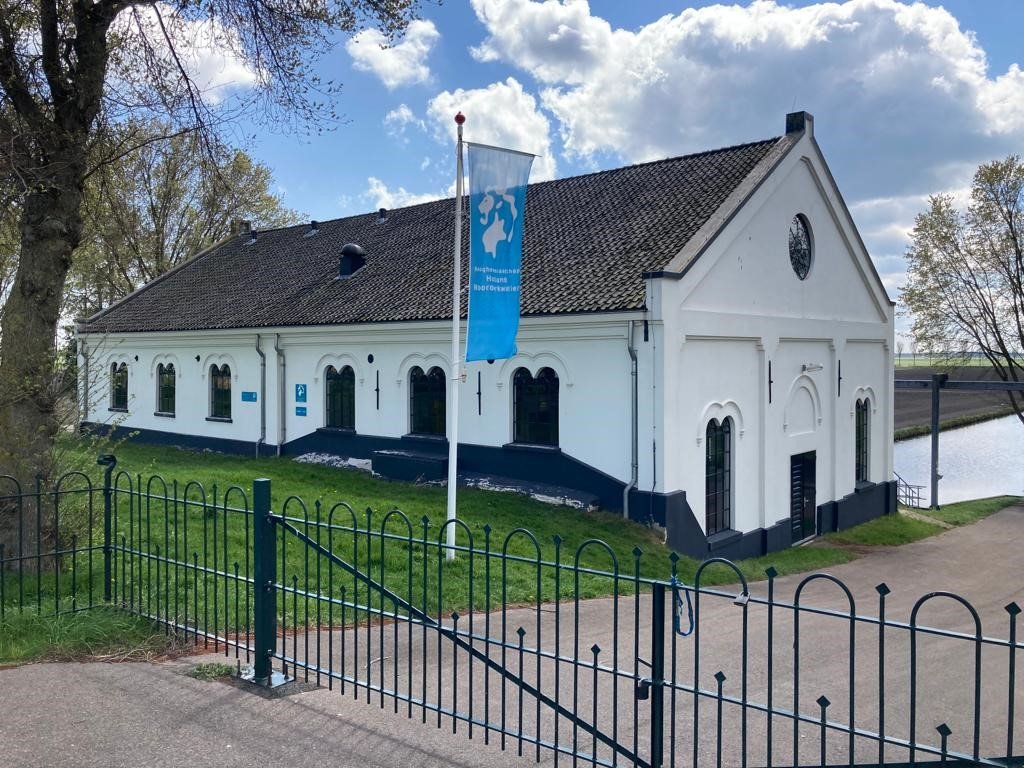
The 'Purmer zeewijf'
In the year 1403, the sea dike at Edam breaks through. When the breach is closed again, a 'wild and untamed seawoman' swims in the Purmer lake, covered with greenish moss and living off raw fish. The 'green female' is caught and cleaned by milkmaids from Edam. She also appears to find the Dutch pot tasty. From all over Holland people come to Edam to see her. Finally, she is brought to Haarlem, where she learns to spin and dies after many years.
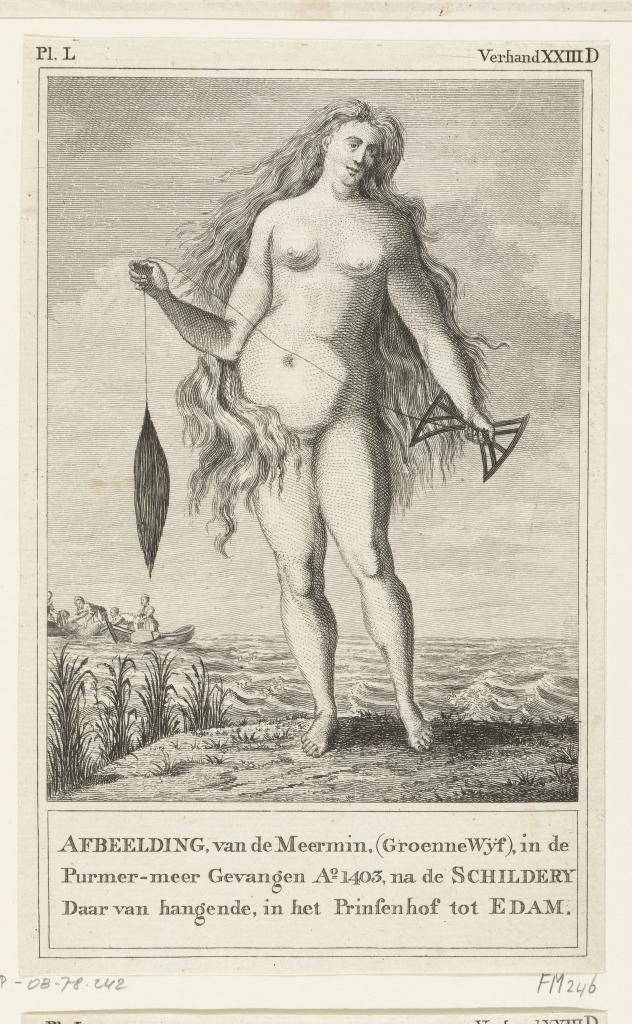
Coat of Arms
This Dutch saga was very well known during the 17th and 18th centuries. When the Purmer was reclaimed in 1622, the new water board had to be given a coat of arms. As 'shield image' they chose the famous seawoman, spinning and well, and as 'shield holders' two milkmaids. At some point they also made a mural of it in the pumping station, which can still be seen. When that was, is unknown, but given the style and the poem, it may have been made during the celebration of three hundred years of Purmer in 1922.
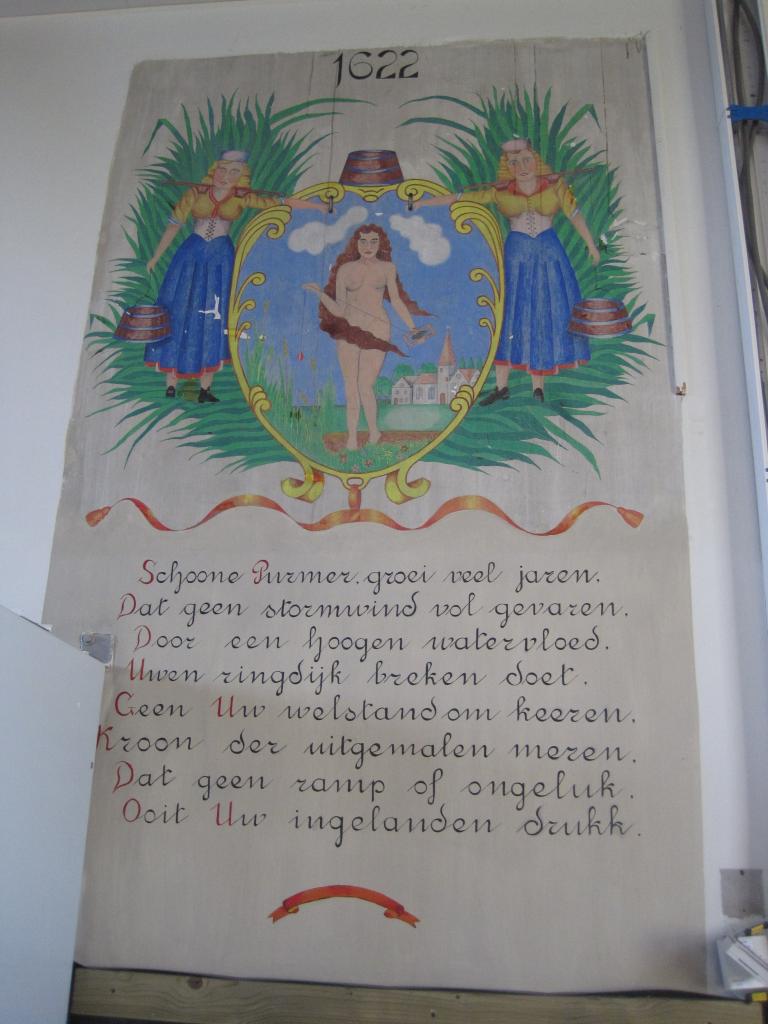
From wind to steam
Like all 17th-century polders, the Purmer was kept dry with windmills. This remained so until well into the 19th century, when steam power became available. After flooding caused by an extraordinary windlessness that prevented the mills from grinding, polder superintendent Willem Francken (1821-1906) proposed to build a steam-powered pumping station at the northern end of the Middentochtsloot, which he designed himself. Not all the mills were demolished yet, and for many years the Purmer was kept dry with steam and wind power. After all, coal was expensive and wind was free.
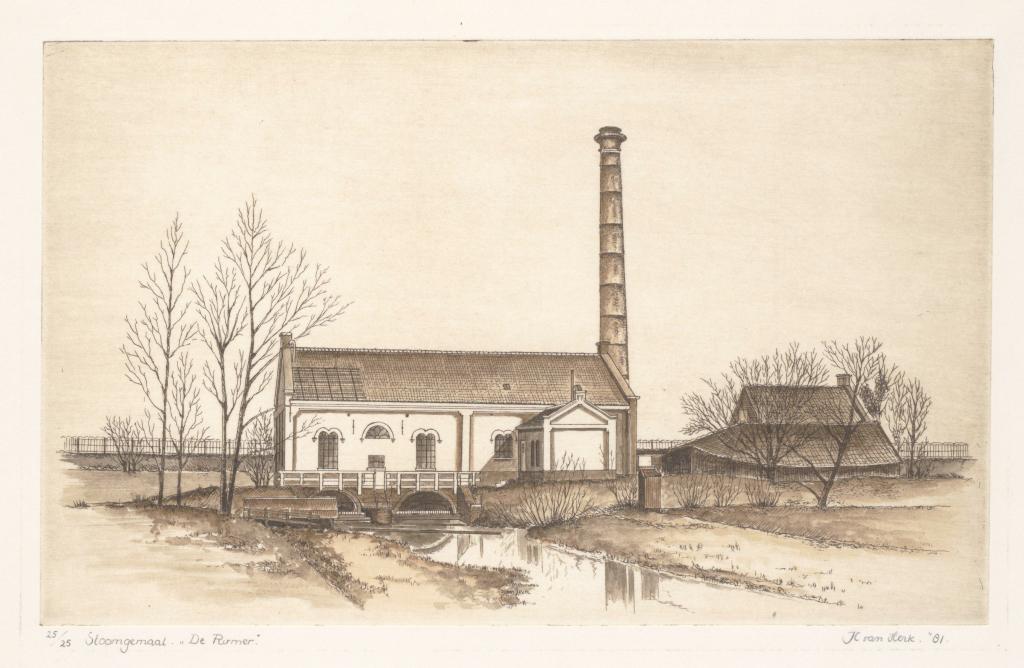
Edam's underdog?
Francken lived in Edam, which had a lot of influence over the Purmer because the water board sat there. Dike grave Gerardus Johannes Versteegh (1808-1878) was also mayor of Edam. Francken's design was reviewed by Pieter de Leeuw (1811-1895), superintendent of the Water Board of the Uitwaterende Sluizen, which was also based in Edam.
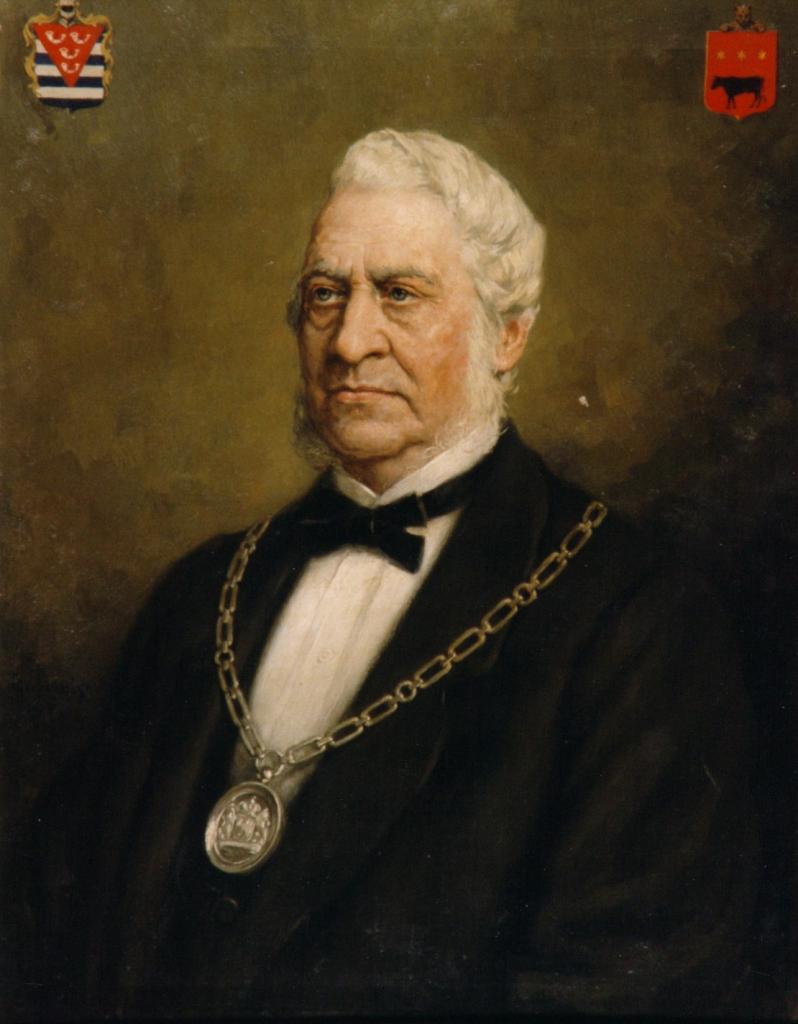
Pumping station builder
Yet the pumping station construction did not become an Edam affair. Indeed, contractor Cornelis Blankevoort (1820-1887) came from Monnickendam. He was an enterprising man, who also built a pumping station in Kadoelen and reclaimed the Blijkmeer near Holysloot. The company he founded is now called Van Hattum en Blankevoort and still builds pumping stations. Blankevoort donated the silver trowel with which dike grave Versteegh laid the foundation stone on September 1, 1877.
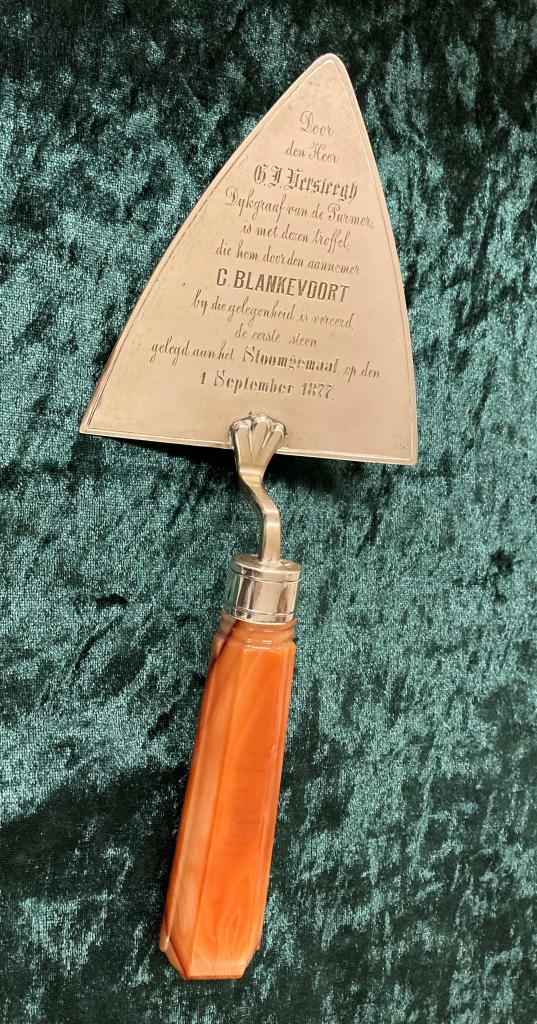
From steam to electricity
In 1907 a new steam engine was installed and windmilling was unnecessary. In 1909 the last of the Purmer's windmills were sold. Steam pumping lasted until 1972, although after the war the steam drive of one of the two pumps was replaced by a diesel engine. Steam continued to be relied upon for the other pump until 1972. Then the boiler was worn out, and the polder had an electric motor installed.

Monumental steam engine
When the electric motor was installed, much of the complex was no longer needed, and was largely demolished. The main building with its distinctive arched windows remained standing and was renovated in 2012 and fitted with today's all-electric pumps. The steam engine from 1907 was still in excellent condition. Today, the restored and working steam engine is on display in De Rijp, in the old branch of VOPO Pumps.
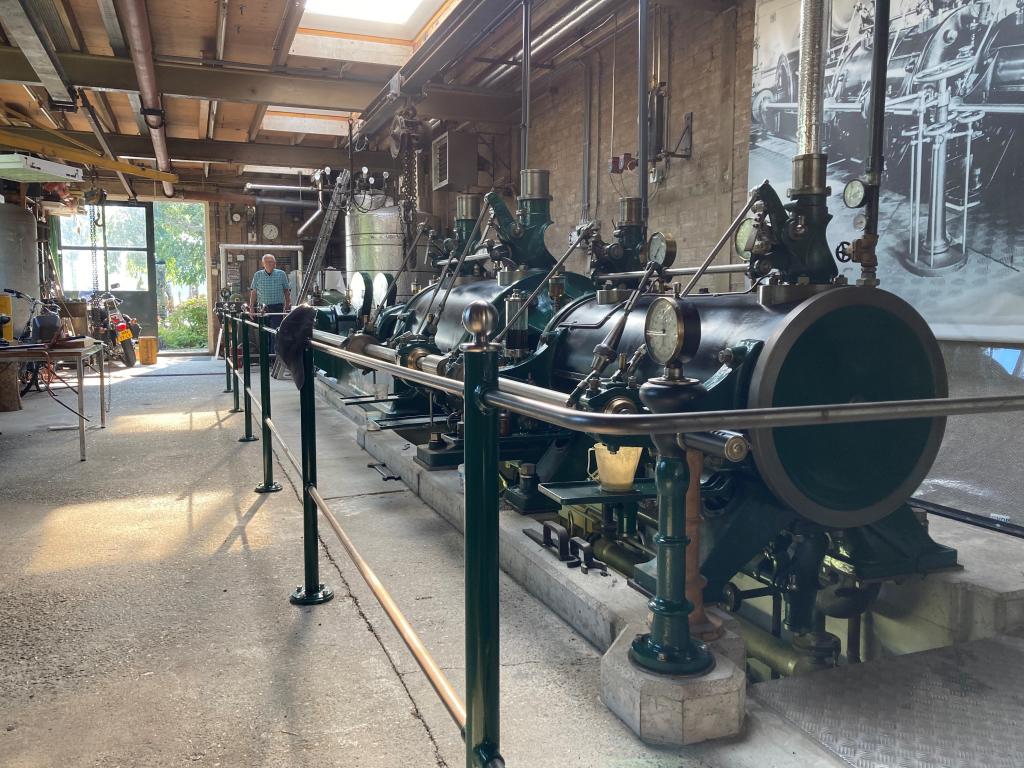
Additional
- The Purmer Noord pumping station is next to node 94 of the Low Holland cycling routes. There are several routes through the Purmer, including this. Near the pumping station one can rest on several benches.
- Those who want to know more about the saga of the 'Purmer zeewijf' can read about it in detail on the Meertens Institute's Verhalenbank.
- One can read about the history of Van Hattum and Blankevoort at https://magazine.vhbinfra.nl/.
- The last steam engine stands in the center of De Rijp in the old branch of VOPO Pumps.